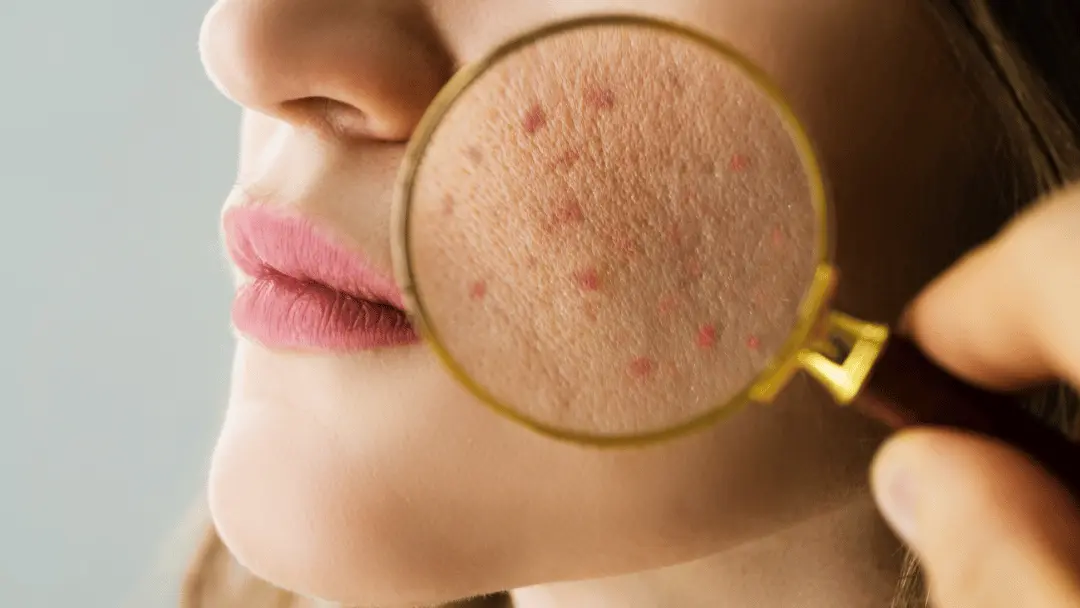Navigating Skin Cancer Cells Therapy: The Vital Duty of Mohs in Modern Dermatology Practices
Skin cancer, a challenging medical diagnosis, usually leaves clients grappling with various treatment options. As we explore the intricacies of this treatment, one will certainly value its pivotal function in skin cancer cells therapy.
Comprehending Skin Cancer Cells: Types and Dangers
Skin cancer cells, a possibly dangerous ailment, is far more prevalent than lots of people realize. This disease, triggered by the uncontrolled growth of uncommon skin cells, largely results from DNA damages due to direct exposure to the sun and ultraviolet (UV) light. There are 3 main kinds of skin cancer: Basal cell carcinoma, Squamous cell cancer, and Melanoma. While the previous 2 are much less dangerous and compose the bulk of diagnosed situations, cancer malignancy is one of the most harmful. It represents just concerning 1% of skin cancer cases however triggers the huge bulk of skin cancer cells deaths - dermatologist. Danger aspects consist of reasonable skin, history of sunburn, excessive sunlight direct exposure, living at high altitudes or near to the equator, having many moles, a family background of skin cancer cells, and weakened body immune system.
What Is Mohs Surgery and Just How It's Changing Skin Cancer Cells Treatment
Despite the various treatments currently offered for skin cancer cells, Mohs surgical procedure stands out as a groundbreaking and very effective service. Named after Frederic E. Mohs, the doctor that created the procedure, Mohs surgery is an exact surgical method utilized to treat skin hair loss cancer. This level of accuracy, incorporated with the capability to save as much healthy and balanced tissue as feasible, is changing skin cancer cells treatment.
The Advantages of Mohs Surgery Over Traditional Skin Cancer Therapies
Structure on the cutting-edge nature of Mohs surgical procedure, it's essential to consider its numerous advantages over standard skin cancer treatments. Unlike conventional procedures, Mohs uses a greater cure rate, commonly getting to 99% for newbie therapies and 94% for recurring cancers cells. Furthermore, it minimizes damage to healthy skin, leading to less scarring and boosted cosmetic results.
The Treatment of Mohs Surgery: What to Expect Throughout the Process

Potential Adverse Effects and Post-Operative Care of Mohs Surgical Treatment
Undertaking Mohs surgical treatment, like any type of other pop over to this web-site surgical treatment, includes prospective side impacts that patients should be mindful of. Typical side impacts include pain, wounding, and swelling at the surgery site. In some instances, extra treatments might be needed to guarantee complete elimination of the cancerous cells.
Conclusion
